-
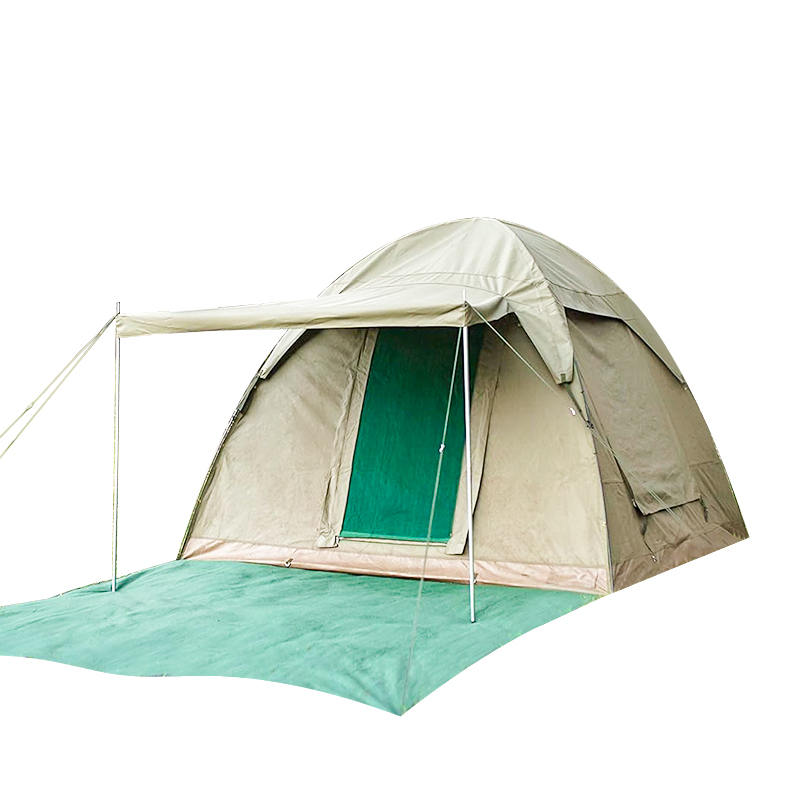 2.1x2.1m Canvas Dome Tent 2 Person Backpacking Tent
2.1x2.1m Canvas Dome Tent 2 Person Backpacking TentBackpacking Tents
-
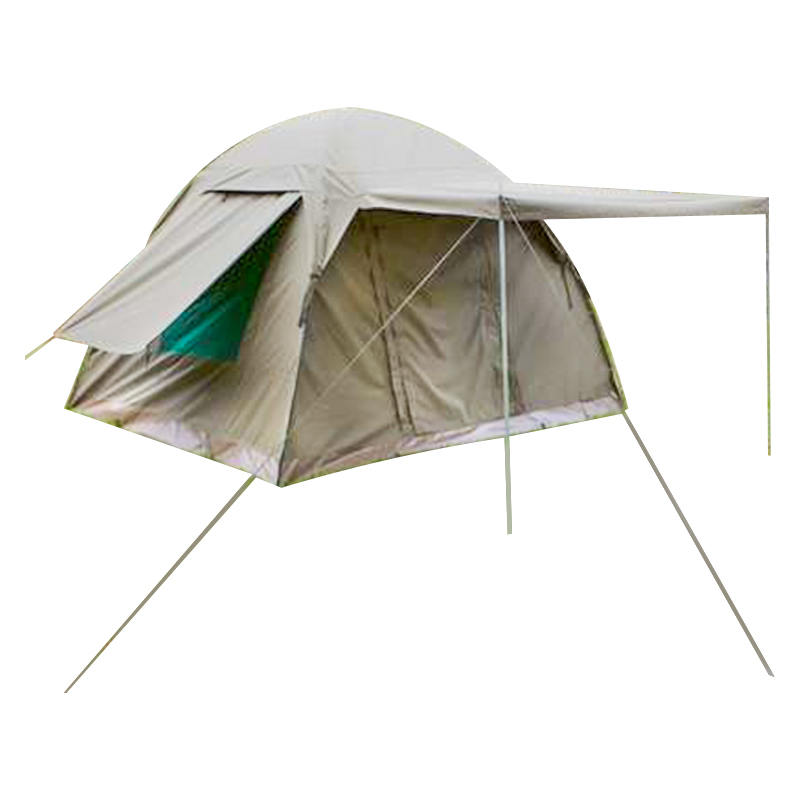 3x3m Durable Bow Tent Premium All-Season Military Backpacking Tent
3x3m Durable Bow Tent Premium All-Season Military Backpacking TentBackpacking Tents
Camping Backpacking Tent Manufacturers
Products & Solutions
CONTACT US
-

+86 15695147631
-

-

No.9 Kangmin Road, Automobile industry Park, Yizheng City, Jiangsu Province, China
A backpacking tent is a small, lightweight tent that can offer privacy and protection in the great outdoors. There are a variety of types of backpacking tents available to choose from including dome style backpacking tents, three season backpacking tents, extended season backpacking tents, mountaineering or four season backpacking tents, and ultra light backpacking tents. Backpacking tents can be solo, one-person tents or can sleep 2, 3, or 4 people.
Backpacking tents are made to be very light. Most weigh between 2 to 5 pounds. They're made with very thin but strong materials. These tents can be folded up very small, often as small as a water bottle. This makes them easy to fit in a backpack.
Backpacking tents are designed for minimal living. They provide just enough space for sleeping and storing essential gear. This compact design may feel cramped but allows for easy transport on the trail.
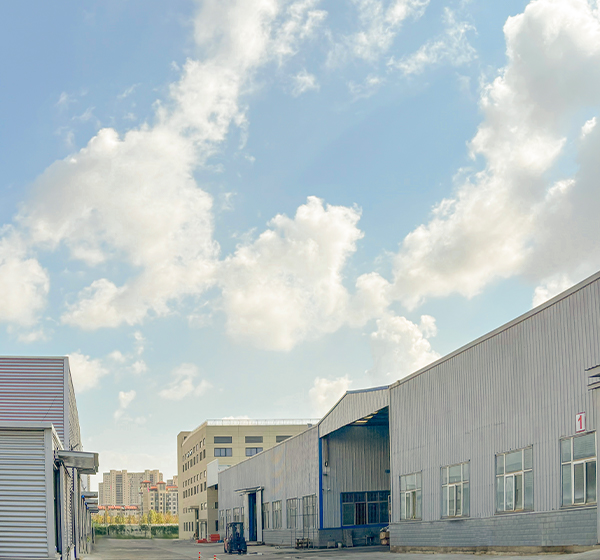
-

What Do Waterproof Ratings for Camping Backpacking Tents Actually Mean? Waterproof ratings (measured in millimeters, mm) quantify a tent’s ability to resist water penetration, based on standardized hydrostatic head testing. The rating represents the height of a water column the t...
READ MORE -
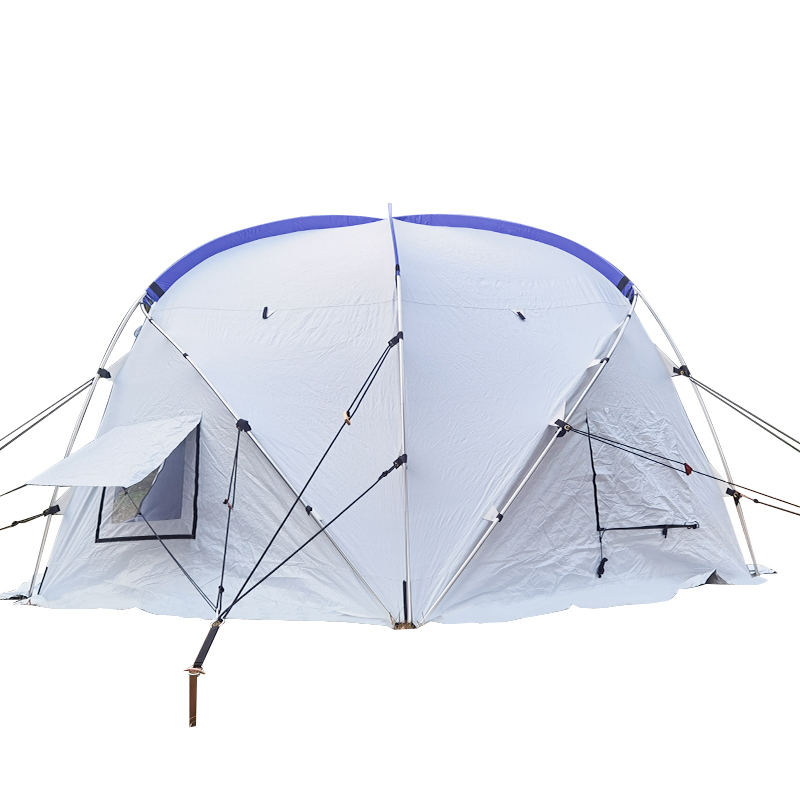
What core fabrics lay the foundation for windproof and waterproof relief tent? The windproof and waterproof performance of relief tent starts with the selection of core fabrics, which must withstand harsh natural conditions such as strong winds, heavy rains, and even hailstorms i...
READ MORE -
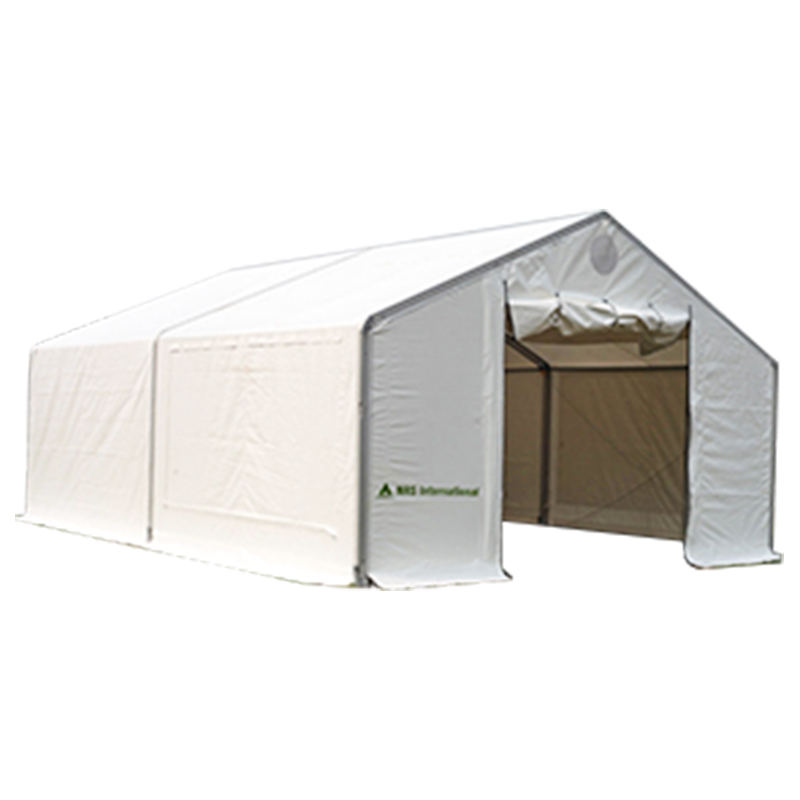
What Cost Advantages Make Warehouse Tents More Economical Than Traditional Warehouses? The core appeal of warehouse tents lies in their significant cost savings, which can reach up to 50% compared to traditional brick-and-mortar warehouses. First, the construction cost is far low...
READ MORE
I. Backpacking Tents are positioned as "lightweight and portable + outdoor protection." How does Yangzhou Mailenda Outdoor Products Co., Ltd. meet the needs of hikers and campers through product design?
The core value of backpacking tents lies in "lightweight without compromising protection." Yangzhou Mailenda Outdoor Products Co., Ltd. (hereinafter referred to as "Mailenda") accurately grasps this demand and incorporates its experience in outdoor product manufacturing into product design. Mailenda's backpacking tents strictly control weight and storage volume. Most styles are lightweight enough for hikers to carry comfortably. When folded, they can be reduced to the size of a water bottle, easily fitting into a backpack. They also use thin but strong materials to ensure they are tear-resistant and water-repellent while remaining lightweight. They can withstand light rain and wind, providing hikers with privacy and protection. Mailenda also offers a full range of products tailored to the needs of different groups, including single- to four-person models, three-season models, extended-season models, four-season/mountaineering models, and ultralight models. From solo hikers to small groups, and from regular camping to high-altitude environments, everyone can find suitable equipment, ensuring both lightweight portability and outdoor protection.
II. How does Mailenda use diverse product categories to adapt backpacking tents to the needs of different seasons and environments?
Based on outdoor scenarios, Mailenda categorizes backpacking tents by "season - weight - number of people" to ensure precise product fit. By season: The three-season model is suitable for spring, summer, and autumn, using lightweight materials and emphasizing ventilation to cope with the common weather conditions of these three seasons; the extended-season model offers enhanced windproofing and protection, making it suitable for transitional seasons with large temperature fluctuations; and the four-season/mountaineering model is designed for high-altitude mountaineering or winter outdoor activities, capable of handling complex outdoor environments. By weight: The ultralight model features ultimate portability, meeting the needs of weight-conscious hikers; the regular model strikes a balance between lightness and practicality, suitable for most hiking scenarios. By number of people: The single-person model caters to solo travelers, while the 2-4-person model is ideal for small groups. Each product category is designed with "lightweight and practicality" in mind, ensuring both protection and portability in the appropriate scenario.
III. How does Mailenda achieve a balance between "lightness" and "durability" in the materials and structural design of its backpacking tents?
To achieve this balance, Mailenda focuses on material selection and structural optimization. Mailenda uses thin yet strong materials in its backpacking tents, controlling overall weight while ensuring the tents have the basic wear and tear resistance required for outdoor use. Accessories are also designed with lightweighting in mind, further reducing the overall weight and making them easier to carry. In terms of structural design, Mailenda utilizes a simple and efficient structure (e.g., a common dome design) to reduce the use of unnecessary materials. This reduces weight while ensuring the tent's foundation is stable and able to withstand typical outdoor wind and environmental impacts. Key reinforcements enhance the tent's durability, preventing the vulnerability associated with lightweight design, ultimately achieving a "lightweight yet lightweight" experience.
IV.How Do Mailenda's Backpacking Tents Balance Portability and Comfort Through "Minimalist Space Optimization"?
Mailenda understands hikers' need for efficient space utilization and adheres to the principle of "minimalism and practicality" in the spatial design of its Backpacking Tents. The interior space is designed to retain only sleeping and essential gear storage areas. The single-person model is suitable for a single person, while the 2-4-person model provides basic sleeping space for the corresponding number of people, avoiding the added bulk and weight caused by redundant design. Furthermore, the gear storage area is strategically designed to ensure essential items have adequate storage without taking up sleeping space. In terms of detail optimization, Mailenda focuses on fundamental comfort design, such as incorporating ventilation structures to reduce humidity and stuffiness inside the tent; optimizing the door curtain design for easy entry and exit while ensuring protection; and designing a moisture-resistant base to enhance the sleeping experience, allowing hikers to rest comfortably in a compact space, balancing portability and comfort.
V. How does Mailenda ensure the quality and user experience of backpacking tents through product design and service?
With "meeting user needs" at its core, Mailenda comprehensively enhances the user experience, from product design to user support. In product design, Mailenda strictly adheres to the core requirements of backpacking tents: lightweight, portable, and protective, ensuring that each product is suitable for practical outdoor hiking and camping scenarios. Materials and structures are selected based on practicality and durability, minimizing unnecessary design features and focusing on core functionality. At the service level, Mailenda provides users with practical product support based on its understanding of the needs of outdoor equipment usage, ensuring that users can obtain products that suit their needs when choosing and using backpacking tents. At the same time, it provides basic guarantees for subsequent use, allowing users to use them with confidence during outdoor hiking and camping, and enjoy a convenient and safe experience.


 English
English 中文简体
中文简体 Español
Español 日本語
日本語 русский
русский عربى
عربى


